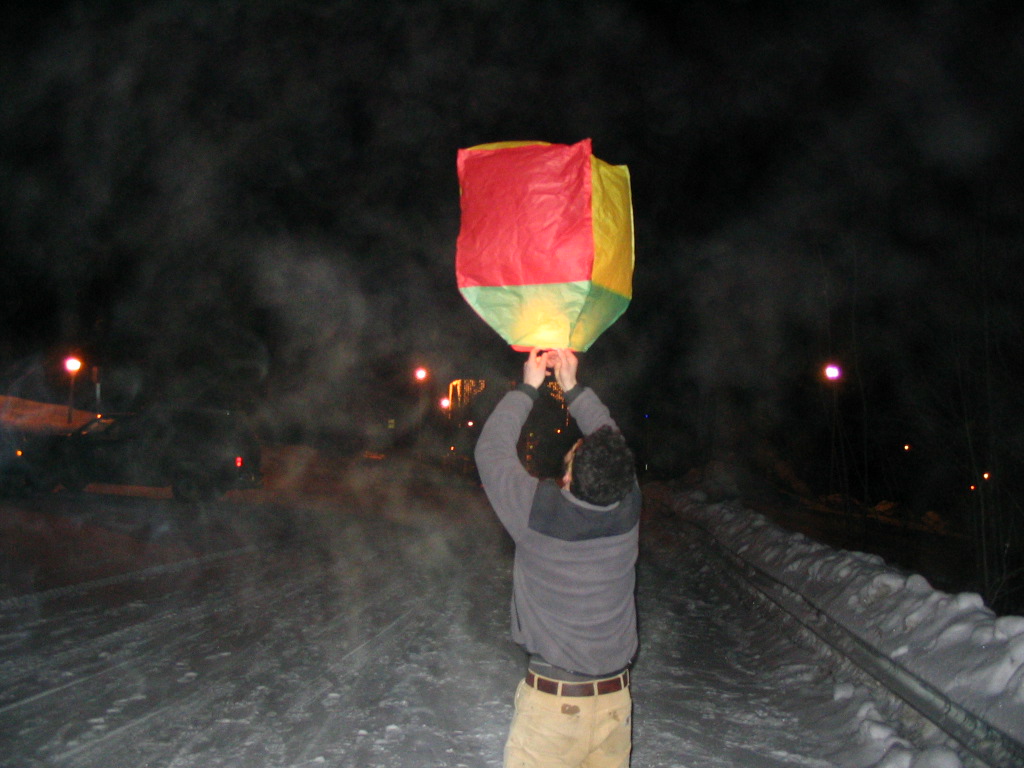
Mathematical Description of Buoyancy
The buoyancy force is due to a difference in pressure between the top of a submerged object and the bottom. If the pressure at the bottom of an object is greater than the pressure at the top, the resulting force will be upward. The buoyancy force can be describe by the equation:
B = (Pb – Pt ) A = (Dfluid g h) A = Dfluid g V (1)
Where B is the buoyancy force, Pb and Pt is the pressure at the top and bottom of the object respectively, A is the surface area of the object, Dfluid is the density of the fluid, g is the acceleration of gravity (9.8 m/s^2), h is the height of the object, V is the volume of the fluid displaced by the object, and M is the mass of the fluid displaced by the object.
Equation 1 can be summarized in the form:
B = Mg (2)
Equation 2 can be used in a hypothetical calculation of the buoyancy force exerted on module hot air balloons made form tissue paper and birthday candles.

http://www.ballooningusa.com/star/star1.gif
Created by John Rowley 2005.